ATSC (Advanced Television Systems Committee) is a group which defines the standards for digital television transmission in the United States and many other counties.
ATSC is the digital replacement for the earlier analog standard, NTSC.
The ATSC standards are created by the Advanced Television Steering Committee, whose charter members are the Electronic Industries Association (EIA), the Institute of Electrical and Electronic Engineers (IEEE), the National Association of Broadcasters (NAB), the National Cable Television Association (NCTA), and the Society of Motion Picture and Television Engineers (SMPTE).
The ATSC standards include high definition television (HDTV), standard definition television (SDTV), data broadcasting, multi-channel surround-sound audio, and satellite direct-to-home broadcasting.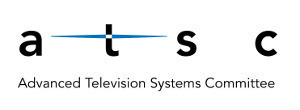
In addition to the United States, ATSC is also used in Canada, South Korea, Argentina, and Mexico.
ATSC uses 8VSB (8-level Vestigial Side-Band) modulation, MPEG-2 compression, and AC3 audio encoding.
ATSC Tuners
An ATSC tuner is a device that is used in the reception of digital TV signals (DTV), including HDTV (High Definition TV) signals.
An ATSC tuner is specifically used by broadcast television stations in North America to send their over the air TV signals to homes that have a television with either an internal ATSC tuner or an external ATSC tuner in the form of a set top box.
Although the term "ATSC tuner" is used by most commercial products, scientifically, it is actually referred to as an "ATSC receiver".
How an ATSC Tuner Works
An ATSC tuner works by generating audio and video signals that are picked up from over the air TV broadcasts. ATSC tuners provide the following functions: demodulation, transport stream demultiplexing, decompression, error correction, analog to digital conversion, AV synchronization and media reformatting to fit the specific type of TV screen optimally.
Demodulation
Demodulation means that the signal that is pulled off the airways is transformed into a usable signal that your TV set can use to display quality images and quality sound.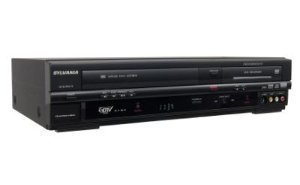
Transport Stream Demultiplexing
In the US, multiple digital signals are combined and then transmitted from one antenna source to create over the air broadcasts. An ATSC receiver then is able to decode the transport stream and display it on your TV set.
Decompression
Since digital signal that are broadcasted over the air are compressed (packed smaller), once they are received by the ATSC tuner, these compressed packets of digital data are then unpacked to their original size or using the proper term decompressed.
Error Correction
Error correction is a technology that is used by the ATSC tuner to make sure that any data that is missing can be corrected. For instance, sometimes interference or a poor quality signal will cause the loss of data information that the ATSC tuner receives, with error correction, the tuner has the ability to perform a number of checks and repair data so that a signal can be viewed on a TV set.
Analog to Digital Conversion
Analog to digital conversion, sometimes called ADC or A to D refers to a technology in which an analog signal is converted into a digital signal. In the context of an ATSC tuner, an analog TV broadcast that is broadcasted over the air is received by the ATSC tuner and converted from its original analog signal to a new digital signal that can be viewed on a digital TV set.
AV Synchronization
AV synchronization is the coordination of audio and video signals being displayed on your digital TV in proper time. AV synchronization makes sure that your audio sound doesn't lag behind the video that is being displayed on your TV set or vice versa. This technology makes sure that both your audio and video are in synch.
Media Reformatting
Media reformatting is extremely important because different TV sets format their images significantly different and can use several different technologies. For instance, a standard TV has an interlaced picture; where as a digital TV has a progressive scan picture.
"Interlaced" means that while there are 30 image frames being shown per second on a standard TV, every 1/30th, the TV refreshes only half the images. With progressive scan, the entire image is refreshed 30 times per second. TV's can come in different aspect ratios.
An aspect ratio is the shape of the TV screen. For example, a standard TV is boxy in shape with a 4:3 ratio, while digital TV's come in aspect ratios more in the shape of a 16:9 rectangle.
The Switch from Analog to Digital Signals
In the United States, all TV broadcasters are mandated by law to stop their analog signal broadcasts and switch to digital only broadcasts starting on February 17, 2009. This means that standard TV's that work with analog signals will no longer be able to receive analog TV sgnals.
The US government has countered this problem in two ways, first all standard TV's built from March 1, 2007 will have built in (integrated) ATSC tuners to receive and format digital signals and secondly the US congress will subsidize the purchase of set top boxes that can connect to older TV sets that do not have an integrated ATSC tuner. The subsidy comes in the form of two $40 coupons for each household to purchase a set top box that includes an ATSC tuner.

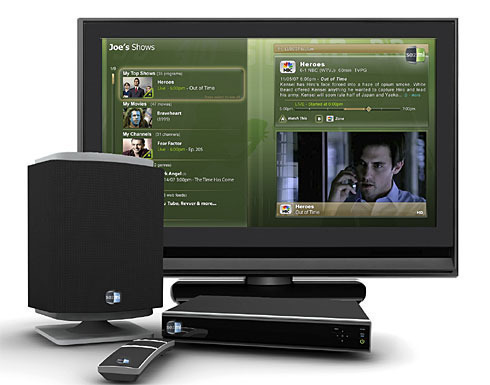
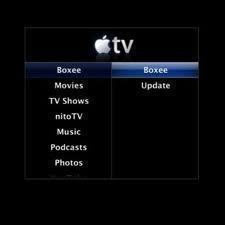
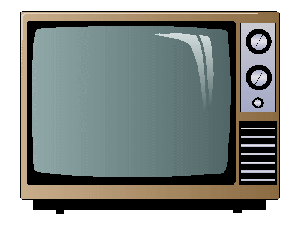
grammaj
I have aHDTV and I have tried everything and cannot get any channels except CtV TWO please help
steven
Yes, it’s good product.
we are production this type ATSC receiver.